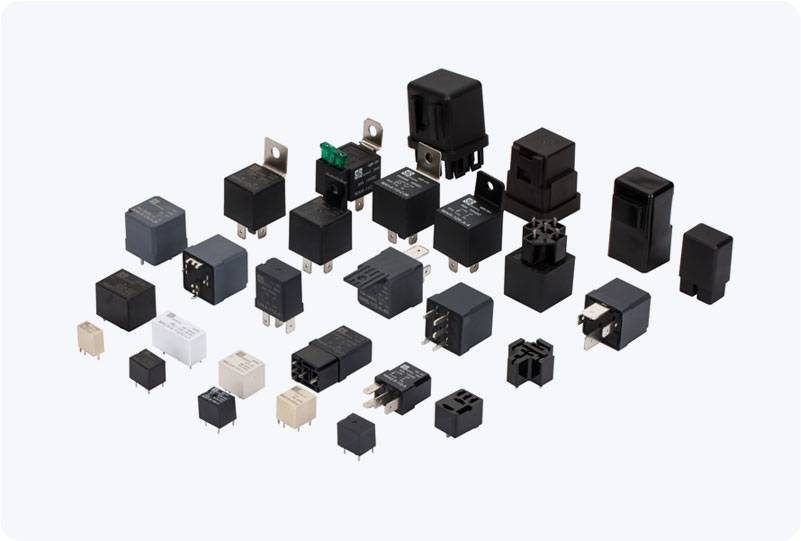The electric vehicle (EV) market is expanding rapidly as people look for cleaner and more sustainable transportation options. Among the many technological innovations driving the evolution of EVs, the Precharge Relay plays a critical role in ensuring the safety and longevity of the vehicle’s electrical system. In this article, we will explore the purpose, working mechanism, and key features of the Precharge Relay in EVs, and why it is essential for the proper functioning of electric vehicles.

What is a Precharge Relay for EV? A Precharge Relay is an electrical component designed to regulate the flow of electricity in an electric vehicle during the initial moments after startup. It serves as a protective device that helps to prevent sudden voltage spikes and current surges when the electric vehicle is powered on, which could otherwise damage sensitive components of the battery or the vehicle’s electric systems. Electric vehicles typically operate on high-voltage systems, with battery packs that range from 300V to over 800V. When the vehicle is turned on, the voltage difference between the battery and the rest of the electric systems is significant. If power were applied suddenly, this could result in an inrush of current that could stress the electrical components, cause arcing, and potentially lead to system failures. The Precharge Relay effectively mitigates these risks by gradually charging the system before full power is supplied.